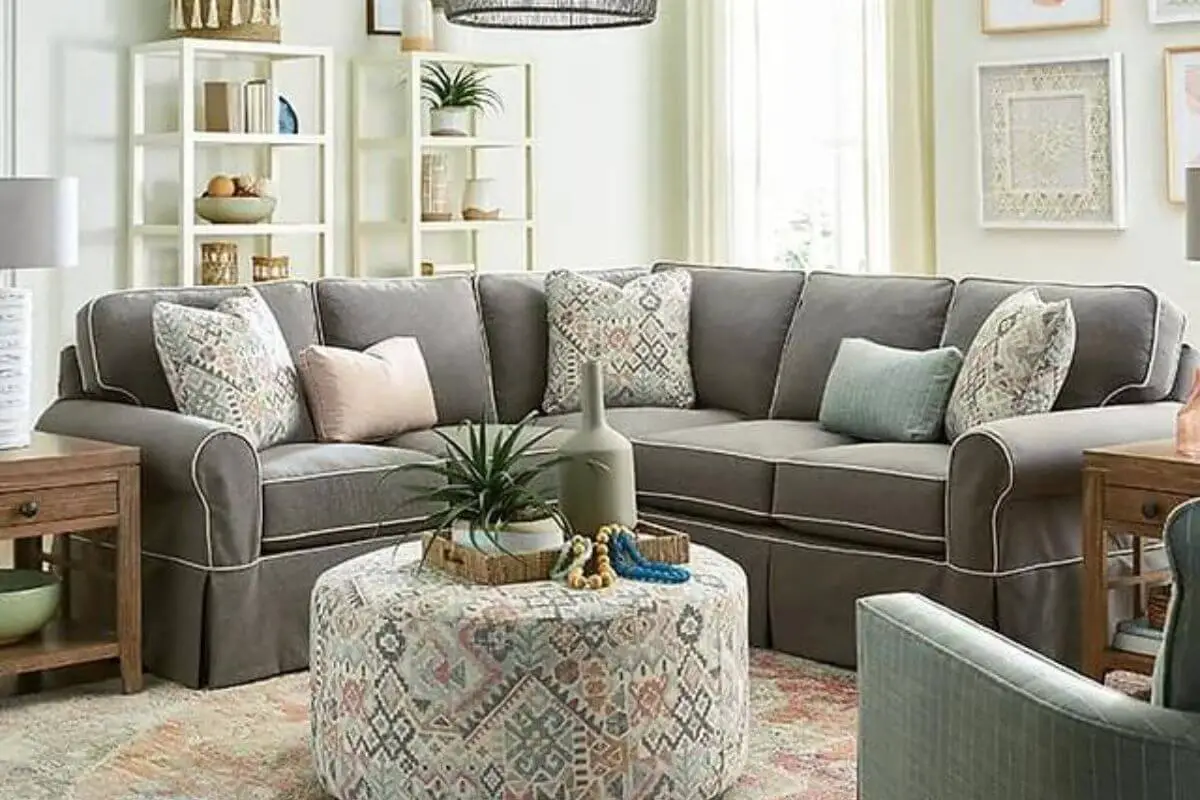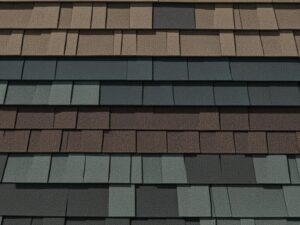Introduction
When you’re in the market for a sectional sofa, you’ll encounter various pieces that make up the configuration. Two common components are the sectional wedge and the corner piece. These pieces play a crucial role in determining the layout and functionality of your sectional sofa. In this comparison, we’ll explore the differences and uses of sectional wedges and corner pieces to help you make an informed choice for your living space.
Sectional Wedge
Appearance and Features
A sectional wedge, also known as a curved wedge or a corner wedge, is a curved or angled component designed to fit between two straight sections of a sectional sofa. It creates a gentle curve in the sofa’s configuration, allowing for a unique and visually appealing seating arrangement. Sectional wedges are often used to soften the corners of a sectional and provide a more flowing design.

Applications
Sectional wedges are versatile and can be used to connect two straight sections of a sofa, such as a sofa and a loveseat or two sofas. They work well in rooms with limited space or when you want to create a cozy, intimate seating area. The curved shape of the wedge adds an elegant touch to the overall design.
Corner Piece
Appearance and Features
A corner piece, as the name suggests, is a square or rectangular component that fits snugly into the corner of a sectional sofa. It creates a 90-degree angle, allowing for a sharp turn in the sofa’s layout. Corner pieces are essential for creating an L-shaped or U-shaped sectional configuration, providing defined seating areas.
Applications
Corner pieces are ideal for maximizing seating capacity and optimizing space in larger living rooms or open-concept spaces. They enable you to create distinct seating zones within the sectional, making it suitable for gatherings and entertaining. The 90-degree angle provides a clean and structured look to the sofa layout.
Key Differences
- Shape: The primary difference between sectional wedges and corner pieces is their shape. Sectional wedges have a curved or angled shape, while corner pieces have a square or rectangular shape with a 90-degree angle.
- Aesthetics: Sectional wedges add a softer, flowing appearance to a sectional layout, while corner pieces create a more defined and structured look.
- Function: Sectional wedges are versatile and can be used to connect different sectional components, while corner pieces are essential for creating L-shaped or U-shaped configurations.
Conclusion
Choosing between a sectional wedge and a corner piece depends on your room’s layout, design preferences, and how you intend to use the sectional. Sectional wedges are excellent for adding elegance and versatility to smaller spaces, while corner pieces are essential for creating spacious and defined seating areas in larger rooms. Ultimately, your choice will contribute to the overall aesthetic and functionality of your sectional sofa, so consider your specific needs when making a decision.
FAQs
1. What are the advantages of using a sectional wedge in a sofa configuration?
- Sectional wedges add a graceful curve to the sofa layout, which can create a more relaxed and flowing design. They are versatile and can connect various sofa components, making them suitable for smaller spaces or when you want a unique look.
2. In what situations is it best to use a corner piece in a sectional sofa?
- Corner pieces are ideal for larger living rooms or open-concept spaces where you want to create defined seating zones. They are essential for forming L-shaped or U-shaped configurations, providing plenty of seating capacity and structure.
3. Can I combine sectional wedges and corner pieces in the same sofa configuration?
- Yes, you can combine sectional wedges and corner pieces to create a custom sectional layout that suits your specific needs and space. This combination allows for creativity in designing your seating arrangement.
4. Do sectional wedges and corner pieces come in different sizes and styles to match various sofa designs?
- Yes, you can find sectional wedges and corner pieces in various sizes and styles to match different sofa designs. It’s essential to ensure that the size and shape of the pieces align with your desired configuration.
5. Can I change the configuration of my sectional sofa later if I initially choose a wedge or corner piece layout?
- Depending on the modular design of your sectional, you may have the flexibility to change the configuration by rearranging or adding components. Be sure to check with the manufacturer or retailer for options regarding reconfiguration.
6. Are sectional wedges and corner pieces compatible with all types of upholstery and sofa materials?
- Sectional wedges and corner pieces are generally designed to be compatible with various upholstery and sofa materials. However, it’s advisable to confirm compatibility with the specific sofa and materials you have in mind to ensure a seamless fit.
7. Do sectional wedges and corner pieces require any special maintenance or care to keep them in good condition?
- Maintenance for sectional wedges and corner pieces typically involves regular cleaning and care according to the upholstery or material used. Follow the manufacturer’s care instructions to preserve the appearance and longevity of these components.
8. Can I purchase sectional wedges and corner pieces separately if I want to add to my existing sectional sofa?
- Yes, many furniture retailers offer sectional wedges and corner pieces as separate components. You can often purchase them individually to expand or modify your existing sectional arrangement.



